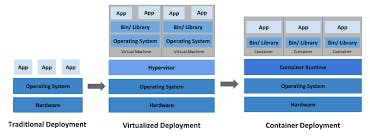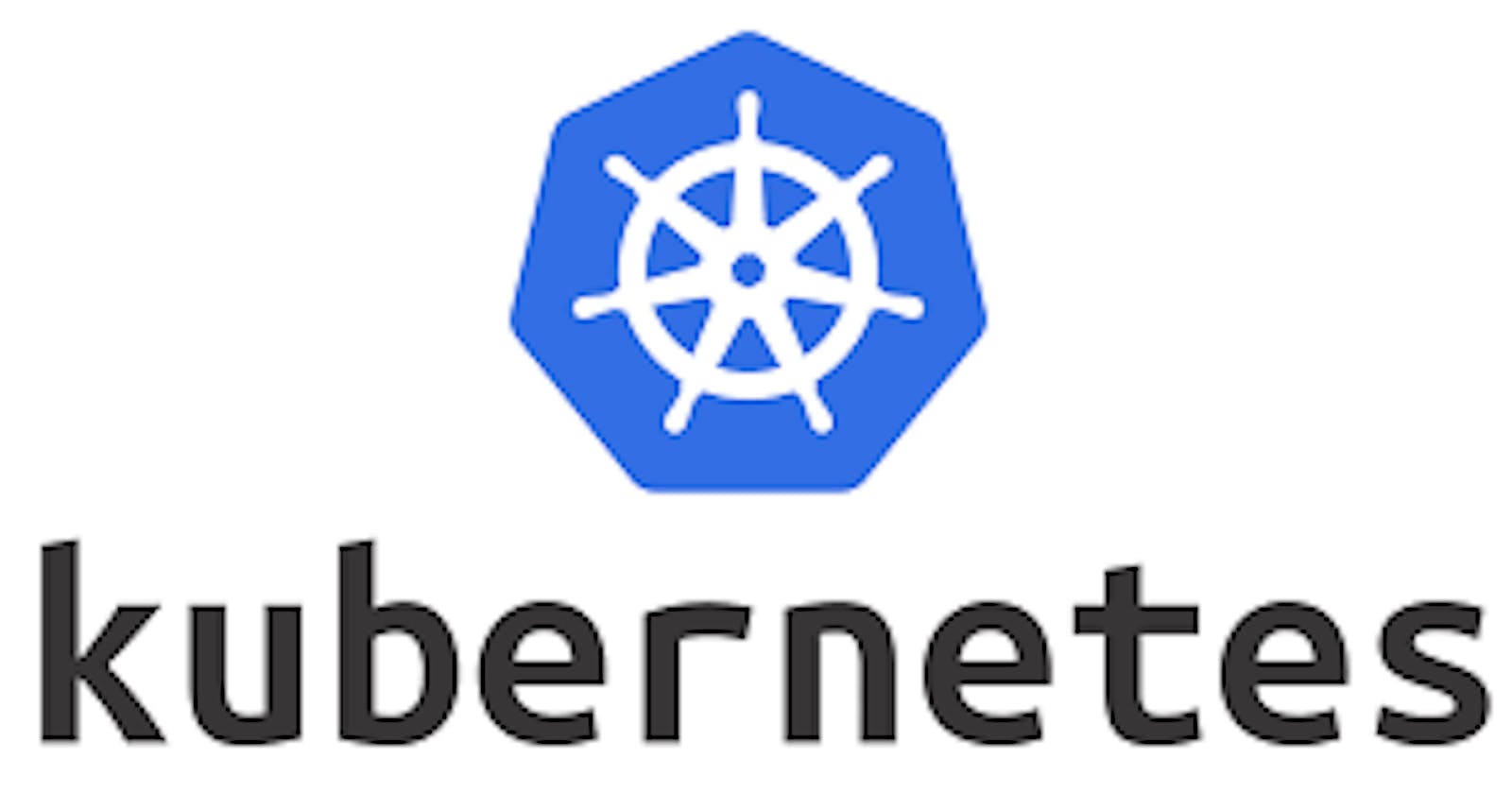What is Kubernetes?
Google created the open-source Kubernetes framework for container orchestration. It is made to automate containerized application deployment, scalability, and administration. A program and its dependencies are packaged in containers, which are compact, isolated environments that allow for consistent deployment across various computer systems.
Organizations can abstract the underlying infrastructure and concentrate on operating and growing their applications thanks to Kubernetes' architecture for deploying and managing containers at scale. Applications are made extremely available and robust using features like automatic container deployment, scalability, load balancing, and self-healing capabilities.
Components of Kubernetes
Managing the cluster and determining the intended state of the system globally are the responsibilities of the Kubernetes master node.
Worker Nodes: These are the computers that operate and deploy containers. The "kubelet," a Kubernetes agent that runs on each worker node, interacts with the master node and controls the containers running on it.
Pods: Kubernetes' fundamental building block for deployment. A pod is a collection of one or more containers that share the same network namespace and storage volumes and are scheduled on the same worker node.
These abstractions—ReplicaSets and Deployments—manage scalability and self-healing while defining the intended state of the application. While Deployments handle application version upgrades and rollbacks, ReplicaSets make sure a certain number of identical pod replicas are active.
Services: A reliable network endpoint is provided by Kubernetes Services to access a collection of pods. They facilitate service discovery and load balancing inside the cluster.
Features of Kubernetes
Service discovery and load balancing
- Your application doesn't need to be changed to use a strange service discovery approach. Pods are given unique IP addresses by Kubernetes, which also allows for load balancing among a group of Pods under a single DNS name.
Storage orchestration
- Automatically mount the storage system of your choosing, whether it be local storage, a network storage system like NFS, iSCSI, Ceph, or Cinder, or a public cloud provider like AWS or GCP.
Automatic bin packing
- Automatically positions containers while maintaining availability based on their needs for resources and other limitations. To increase utilization and conserve even more resources, combine essential and best-effort workloads.
Horizontal scaling
- You may easily scale your program up or down using a command, a user interface, or automatically based on CPU consumption.
Automated rollouts and rollbacks
- Kubernetes gradually deploys modifications to your application's configuration or code while keeping track of application health to prevent mass instance termination. Kubernetes will revert the update for you if something goes wrong. Profit from the expanding ecosystem of deployment strategies.
Secret and configuration management
- Without rebuilding your image or disclosing secrets in your stack configuration, deploy and change secrets and application settings.
Kubernetes Evolution

